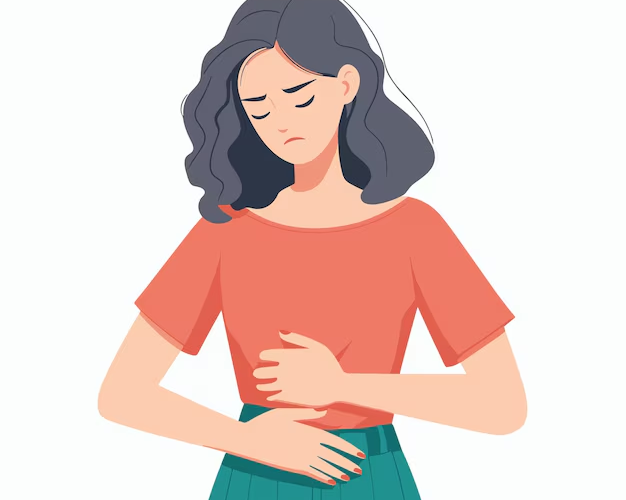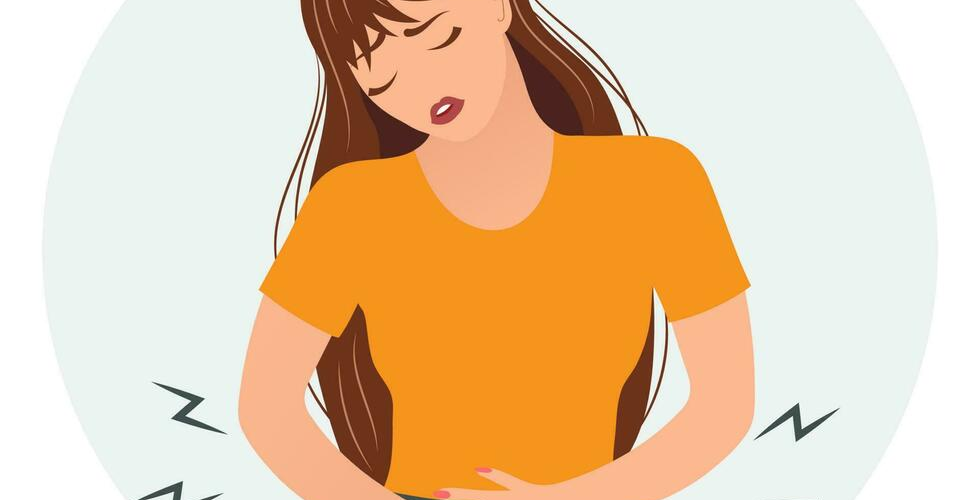
Dealing with Pelvic Inflammatory Disease and Infertility

Dealing with Pelvic Inflammatory Disease and Infertility: A Personal Story
Hi, I’m Laura. I want to share my story with you, because I know how lonely and overwhelming it can feel when you’re struggling with infertility. I never imagined my journey to motherhood would be as challenging as it was. The cause? Pelvic Inflammatory Disease (PID). I hope my experience helps you feel less alone and gives you some hope if you’re facing a similar situation.

How It All Started
It all began a few years ago when I started having severe pelvic pain. At first, I thought it was just a typical infection. But when the pain didn’t go away, I went to my doctor. After a series of tests and exams, I was diagnosed with Pelvic Inflammatory Disease (PID), an infection of the female reproductive organs that can cause scarring and damage, particularly to the fallopian tubes.
My doctor explained, “PID is a serious condition that can affect fertility. The scarring it causes can block or damage your fallopian tubes, making it difficult for sperm to reach the egg or for the fertilized egg to travel to the uterus.”
At that moment, I was hit with the reality that PID might be standing in the way of my dream of having a family.

The Impact of PID on Fertility
PID can affect fertility in a few ways:
- Blocked or Damaged Fallopian Tubes: This is the most common cause of infertility in women with PID. Scar tissue can block the tubes, preventing eggs from being fertilized.
- Ectopic Pregnancy: If one of your fallopian tubes is damaged, it increases the risk of an ectopic pregnancy, where the fertilized egg implants outside the uterus.
- Chronic Pain or Inflammation: Even after treatment, some women experience ongoing pain or other issues related to the scarring from PID.
I was heartbroken when my doctor told me that because of the PID, my chances of getting pregnant naturally were significantly reduced. “However,” my doctor added, “there are treatment options, and we can help you figure out the best path forward.”

Exploring My Treatment Options
1. Antibiotics and Infection Treatment
The first step in my treatment was clearing up the infection with antibiotics. PID is usually caused by a bacterial infection, and treating it with antibiotics can help prevent further damage. However, antibiotics alone wouldn’t solve the fertility problem if the damage to my reproductive organs was too severe.
2. Surgery to Remove Scar Tissue
Next, my doctor recommended laparoscopy, a minimally invasive surgery to remove any scar tissue or adhesions caused by PID. During the procedure, the surgeon was able to clear the blockages in my fallopian tubes. “Laparoscopy can restore some fertility by removing scar tissue, but it’s not always guaranteed,” my specialist said. While surgery helped clear up some of the issues, the extent of damage was still unclear.
3. In Vitro Fertilization (IVF)
After discussing my options with my fertility specialist, we decided to try IVF. IVF bypasses the fallopian tubes entirely by fertilizing the eggs in the lab and then implanting the embryos directly into the uterus. “IVF is often a good option for women with PID who have damaged or blocked tubes,” my doctor explained. It was a daunting process—multiple hormone injections, egg retrieval, embryo transfers—but it was also the best chance we had.
The Emotional Rollercoaster
I’ll be honest, the emotional toll of infertility can be crushing. There were days when I felt like I was losing control over my body and my dreams. The IVF process was especially tough—every appointment, every test, and every waiting period felt like a rollercoaster ride. But through it all, I leaned on my partner, my friends, and my family.
One of the most helpful things I did was to join an online support group for women with fertility issues. Sharing my struggles with others who understood was incredibly healing.
The Outcome
After our second IVF cycle, we received the best news we could’ve hoped for: I was pregnant. Holding my daughter, Emma, in my arms was the moment that made every injection, every doctor’s visit, and every tear worth it. She’s my miracle, and she makes everything I went through more than worth it.
What I Learned Along the Way
- Don’t Ignore Symptoms: If you experience pelvic pain, unusual discharge, or fever, don’t wait to seek medical help. Early diagnosis of PID can make a big difference.
- Be Open to Different Treatments: Surgery, IVF, and other treatments all offer different benefits. The right solution for you will depend on your specific condition and needs.
- Take Care of Your Mental Health: Infertility can take a huge emotional toll. Don’t be afraid to seek support, whether it’s from friends, family, or a counselor. You don’t have to go through this alone.
Final Thoughts
PID and infertility are incredibly difficult to face, but there’s always hope. Whether your path leads to surgery, IVF, or other treatments, it’s important to remember that you are not alone. My journey wasn’t easy, but it led me to the joy of becoming a mother. I hope my story brings you a sense of peace and reassurance that no matter the obstacles, there is always a path to your dreams.














